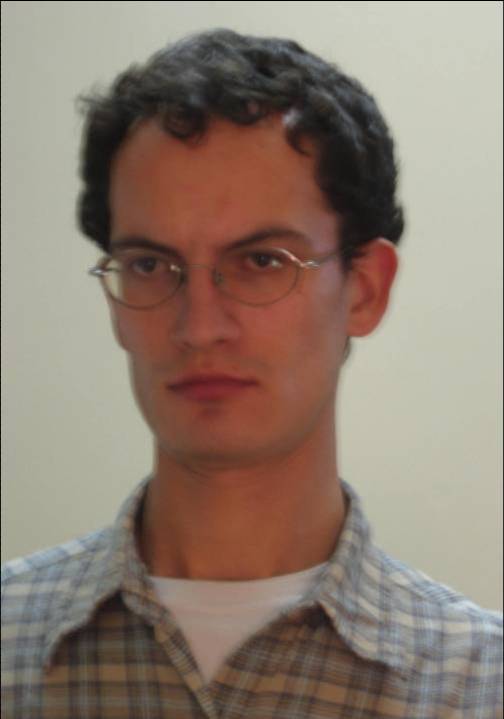The Berlin biennale is reported to be driven by a "strangely naïve hunger for the authentic" (Fricke 2006) that the cultural turn of contemporary aesthetics connects with the mixture between art and life. The mixing takes its impetus not from juxtaposing works, bodies and sensations, but from a mutual contact that leaves respective identities, boundaries and foundations intact. As the art biennial focuses upon "real, genuine, undeniably lived life" (Fricke 2006), it opens itself up towards the exploration of possibilities of combination and hybridity between cultural and artistic dimensions that while remaining well defined come into intimate contact with each other (Perniola 1995). Thus, contemporary art turns its attention towards "le dérivé, la répétition, l'hybride" (Perniola 1995) as it incorporates into its spaces of representation artefacts, memories and narratives that derive from outside its institutional boundaries. The secondary, the repeated, and the hybrid character of everyday life becomes both a background for biennial art exhibitions and part and parcel of their operation as events that through bringing into contact of multiple disciplines, genres, and institutions de-emphasise the original, the proper, and the authentic (Perniola 1995) in their aesthetics.
This contemporary emphasis of art biennials upon mixture of art and life goes against the grain of the historicist model of artistic origin, tradition and nationality. It is in confrontation with art market, educational institutions, and art museums that art biennials lay claim to their autonomy and authority to pursue forms of exhibition, participation and representation that allow communication, transmission and enjoyment of multiple cultural forms. Thus, not only local cultures increase their possibilities to come into contact with society, economy and politics, but also global cultures. Art biennials become sites where multiple cultures become reconfigured beyond their existing processes of aesthetic legitimation. This might explain the growing number of institutional participants that on local, regional and international scales make Berlin biennale into a space where multiple actors from cultural, economic, political and social organisations come into regular contact at "opening days and during the exhibition" (KW press-release 2006).
To develop my understanding of international art biennials vis-à-vis metropolitan museums, I follow lines of reasoning that explore defining dimensions of the phenomena broadly falling into the category of the institutional, social, and cultural underpinnings of international art exhibitions.
About Me
Translation
Links
- openDemocracy: free thinking for the world
- Cultural Policy: Center for Arts and Culture
- Arts Journal: Daily Arts News
- Arts and Letters Daily News
- Space and Culture Blog
- Fast Capitalism: Journal on Impact of Information, Technology, and Communication
- European Journal of Higher Arts Education
- ephemera: theory & politics in organization
- Coagula Contemporary Art Magazine
- Frieze Magazine: Europe's Contemporary Art and Culture
- Museum and Society Magazine
- London Review of Books
- The New York Review of Books
- Eurozine: European cultural journals network
- Sign and Sight: Arts, Essays, Ideas from Germany
- Der Spiegel Magazine: International Edition
